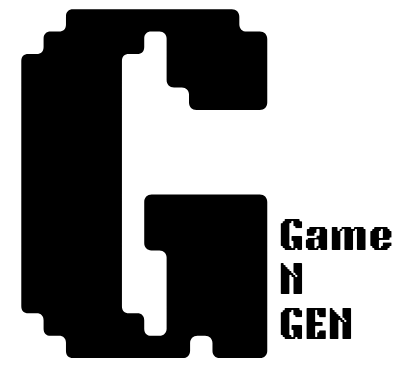Action–Frame Correlation Tool
Measure how actions relate to frames in your RL runs. Paste two equal-length numeric columns or upload a CSV (headers allowed). We’ll compute Pearson r, Spearman ρ, R², a regression line, a 95% CI, and flag residual outliers.
Input
frames, actions. Headers optional.Options
Results
| Metric | Value | Notes |
|---|---|---|
| Mean (x) | — | Average of X column |
| Mean (y) | — | Average of Y column |
| Std Dev (x) | — | Population standard deviation |
| Std Dev (y) | — | Population standard deviation |
Tip: correlation does not imply causation. Use with reward traces and episode metrics for context.
Action–Frame Correlation: what it tells you (and why it matters)
In reinforcement learning (RL), every decision an agent makes is anchored to a moment in time—a frame. When those decisions (actions) line up with the frames that actually matter, training accelerates and gameplay looks smart. When they don’t, you see drift, weird moves, and wasted training hours. The Action–Frame Correlation Tool helps you quantify that relationship fast, so you can fix what matters and ship better AI.
Who this is for
- Indie devs & studios building bots or assistance systems for live games.
- Research & student projects where you need quick diagnostics without heavy notebooks.
- Tech leads & data folks validating reward shaping, action spaces, and control strategies.
How to use this tool
- Gather two numeric series of equal length: frames and actions. Frames can be indices (1..N) or a frame-level score; actions can be values, logits, or action magnitudes.
- Paste or upload CSV into the tool (headers optional). You can swap which column is X or Y.
- Click Compute. You’ll get Pearson r, Spearman ρ, R², a regression line, a 95% confidence interval, and a compact scatter plot.
- Export the plot (SVG), results (CSV), or copy a one‑paragraph summary for your report or PR.

Sample input & output
Here’s a tiny sample you can paste to sanity‑check the pipeline:
frames,actions
1,0.22
2,0.31
3,0.36
4,0.48
5,0.62Typical tool output:
- Pearson r: ~0.97 (very strong positive)
- Spearman ρ: ~0.97
- R²: ~0.94
- Regression: y = 0.10 + 0.10·x (example numbers)
- 95% CI (r): [0.77, 0.99] for n = 5
- Outliers (residuals): 0 (by IQR)
A real‑world mini‑case: “the turn problem”
Priyansh, a tools engineer at a small racing‑game startup, had an agent that looked sharp on straights but bumbled through hairpins. He ran the replay logs through this tool and saw a negative correlation (−0.34) between action magnitudes and frames tagged as “in‑turn”. That signal told him the policy wasn’t just noisy—it was systematically wrong when entering turns.
He changed two things: (1) boosted the reward weight for optimal yaw change inside turn frames, and (2) added an action smoothing penalty when consecutive frames exceeded a jerk threshold. Two training runs later, Pearson r on turn frames climbed to +0.58 and laps improved by ~15%. The tool didn’t solve the policy—it made the problem visible and gave the team a confident direction.
Practical use cases (beyond “is it correlated?”)
- Reward shaping validation: check that rewards nudge actions in the right frames.
- Curriculum learning: correlation should rise as the agent unlocks harder states.
- Live‑ops tuning: detect drift after balance patches or new content drops.
- Bot QA & anti‑cheat: correlation fingerprints can reveal scripted behavior.
- Performance budgets: ensure heavy inference aligns with impactful frames.
- A/B experiments: quickly compare action–frame alignment between variants.
Tips for better insight
- Slice your data: compute per‑phase (e.g., “start”, “mid”, “end”), per map, or per difficulty.
- Tag frames: add labels like “in‑turn”, “boss wave”, “platform section”—then compute correlations per label.
- Look at ranks too: Spearman ρ catches monotonic trends when the relationship isn’t perfectly linear.
- Mind outliers: a handful of messy frames can distort r. Use the residual outlier count to investigate.
Related tools on GameNGen
- Unity FOV Visualizer — see how camera FOV impacts player feel.
- Game Asset Image Compressor — shrink textures/UI without losing clarity.
- Game Mechanics Calculator — tune DPS, XP, drop rates with sliders.
- Cloud Gaming Cost Estimator — ballpark cloud spend before you scale.
- Browse all tools →
Further reading
- OpenAI Research — high‑level RL explainers and papers.
- IEEE Xplore — peer‑reviewed work on RL in control and games.
About GameNGen.cloud
We build free, browser‑based tools for real game dev needs—fast, no installs, practical. New here? Read our About page, catch up on the blog, or jump straight into the full catalog on All Tools.
